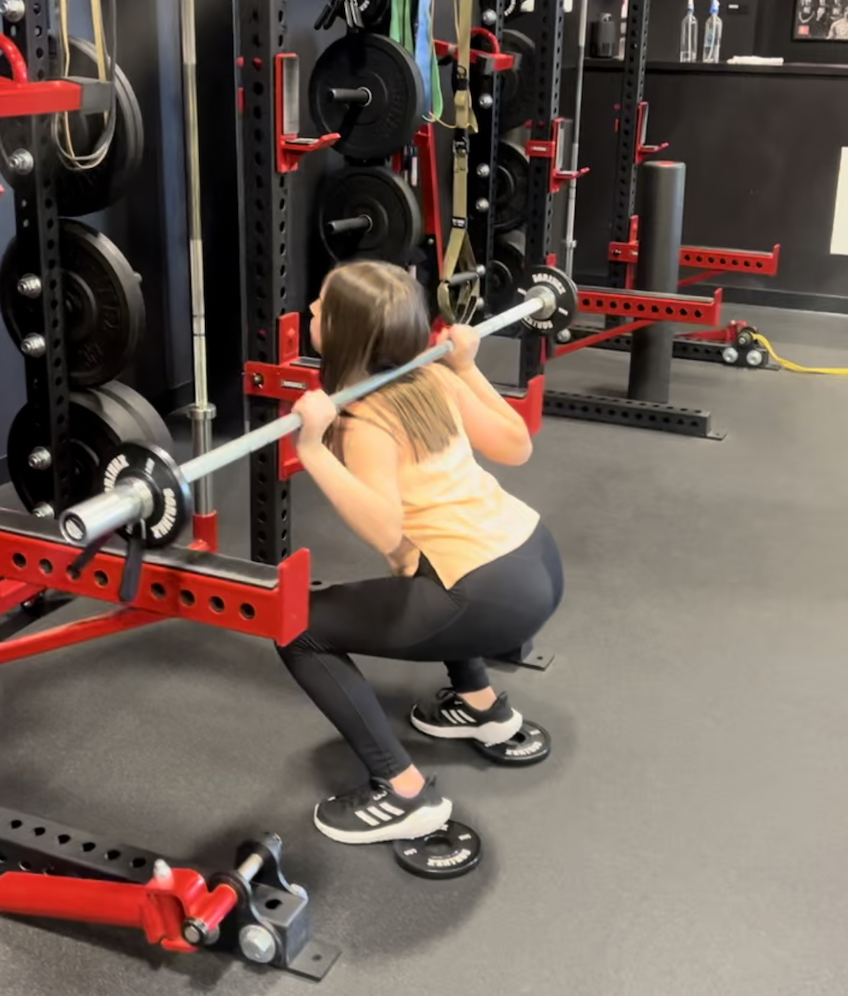
We are almost half way through the summer! It is time for athletes to evaluate the progress they have made thus far this summer, and set SMART strength and performance goals for the remainder of the off-season. Once in-season starts, the athlete shifts to performance maintenance, mobility, and recovery. Strength is built in the off-season. One of the common misconceptions in the sports world is that the off-season is a time to relax and take it easy, and hang around gyms socializing versus working out with a purpose. Nothing could be further from the truth! The off-season is a golden opportunity to build strength, and hone in on recovery and mobility when in season to prevent injuries and ensure optimal performance. Let's dive into this further.
First off, the off-season is the prime time for strength development. The intensity and frequency of games and matches take a dip, offering athletes ample time to focus on gaining lean muscle mass, improving power output, and building robustness to withstand future stresses.
But why is strength building so critical in the off-season? When we discuss athletic performance, the conversation inevitably revolves around speed, agility, endurance, and skill. However, strength forms the foundation for all these abilities. A stronger athlete can run faster, change direction more quickly, last longer on the field, and perform skills with greater proficiency.
Strength training also enhances an athlete's resilience, reducing the risk of injuries. When muscles are stronger, they are better equipped to absorb the high-impact forces inherent in most sports. This strength also translates to improved joint stability, which further safeguards athletes against sprains and strains.
However, to truly get the most out of your strength training in the off-season, it's vital to use a well-rounded approach. Our coaches at D1 Training Henderson recommend incorporating a blend of heavy compound movements for overall strength and hypertrophy, as well as sport-specific exercises to target the muscles most used in your particular sport.
Now, let's shift gears and talk about the importance of recovery and mobility during the season.
Once the season starts, the emphasis should subtly shift from strength and power development to maintenance, mobility, and recovery. Building strength, for the most part, is over. The in-season period is packed with rigorous training sessions, competitive matches, and potential travel. These demands can take a toll on an athlete's body, leading to fatigue accumulation, reduced performance, and heightened injury risk.
Recovery is the process of restoring physiological and psychological functions in the body post-exercise. It's about giving your body time to repair tissue damage, adapt to the stress of exercise, replenish energy stores and get rid of metabolic waste. This can be achieved through various methods such as adequate sleep, proper nutrition, hydration, and active recovery techniques like light aerobic activity. We will cover recovery more toward the end of the summer.
In contrast, mobility work focuses on maintaining or improving the range of motion around a joint. Good mobility is essential for correct movement patterns, optimal performance, and injury prevention. Incorporating targeted stretching, foam rolling, and mobility drills into your in-season regimen can help keep muscles flexible, joints mobile, and keep chronic conditions and overuse injuries at bay.
To put it succinctly, optimizing recovery and mobility in-season allows athletes to consistently perform at their peak, reduces the risk of injury, and ensures longevity in their chosen sport.
During the in-season period, focus should also be on maintaining the gains made during the off-season. This means that strength training shouldn't be entirely neglected. Instead, it should be incorporated in a way that it supports the athlete's performance without leading to fatigue or overtraining.
At D1 Training Henderson, we understand the demands of competitive sports and how to manage training throughout the year to promote peak performance and minimize injury risk. Our expert coaches can help set SMART goals and develop a personalized, periodized training plan that maximizes your off-season gains to ensure you perform the best in season.
Remember, champions are built in the off-season and polished in the competitive season. So, whether you're gearing up for the football field, the basketball court, track, or cheer, now's the time to focus on strength. And when the season rolls around, don't forget to prioritize recovery and mobility. Stay committed to the grind, 54 minutes at a time, and watch as your performance reaches new heights.
